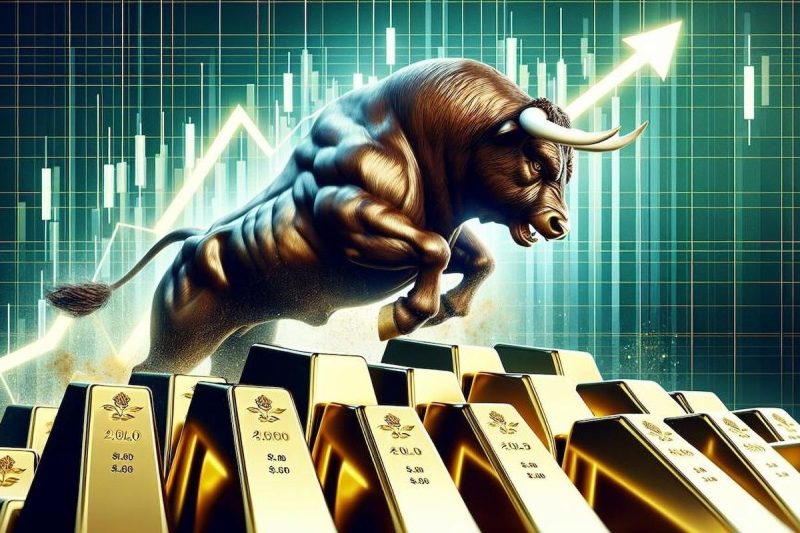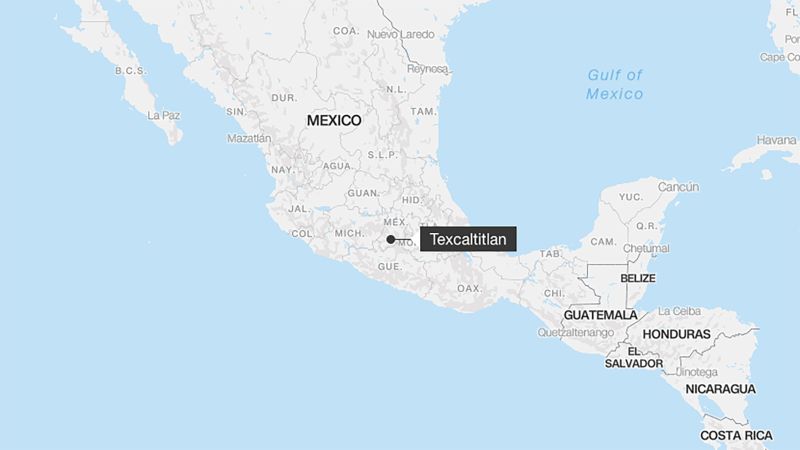Gold Reaches New Price Record, Then Pulls Back; Silver Nearly Hits US$35
October 26, 2024
The gold price cooled on Wednesday (October 23) after soaring to a new high a day earlier.
The yellow metal slipped as low as US$2,714.16 per ounce after rising to just above US$2,750 on Tuesday (October 22). Market watchers have attributed the pullback to a stronger US dollar and better US Treasury yields.
These factors are counteracting safe-haven demand caused by geopolitical turmoil.
Even so, many experts believe gold’s move isn’t over. Its latest record extends a trend seen through 2024, and is being driven by several key factors, including central bank buying, inflation concerns and broader macro events.
Silver has been on the rise this week as well, nearly touching US$35 per ounce on Tuesday.
What’s driving gold and silver prices?
Industry insiders continue pointing to central bank buying as a reason that gold’s move still has legs.
Data from the World Gold Council suggests that central banks added to their gold reserves significantly in the first half of 2024, making gold the second largest global reserve asset, behind only the US dollar.
Interest rate cuts from the US Federal Reserve are also helping to boost gold’s appeal. The American central bank cut rates by 50 basis points in September and is expected to continue bringing them down.
Inflation concerns have played a critical role in gold’s price surge too.
Although US inflation has moderated in recent months, falling to 2.4 percent in September, the possibility of rising inflation in other parts of the world continues to drive demand for gold as a hedge.
Geopolitical risks are another factor influencing the price of gold. Tensions in the Middle East, particularly the ongoing conflict between Israel and Iran, have heightened market volatility, as has Russia’s war with Ukraine. Investors often turn to the yellow metal as a safe-haven asset during periods of geopolitical uncertainty.
Silver, often referred to as ‘poor man’s gold,’ has also experienced strong price growth, driven by its dual role as both a precious metal and an industrial commodity. Demand for silver is partly driven by its uses in renewable energy technologies, such as solar panels, which have experienced increased demand as part of the global energy transition.
While silver has benefited from industrial demand, it has also tracked gold’s performance as a precious metal.
The correlation between the two metals has strengthened in recent months as global economic concerns and inflationary pressures have prompted investors to seek out safe-haven assets.
Will gold and silver prices keep rising?
Looking ahead, market analysts remain bullish on the outlook for both gold and silver.
Goldman Sachs (NYSE:GS) recently revised its price target for gold, forecasting that the metal could reach US$2,850 by the end of 2024. Others have even higher expectations, calling for US$3,000 as soon as this year.
Silver is expected to maintain its upward trajectory as well, particularly given its role in the energy transition.
Risks to both gold and silver include easing geopolitical tensions, while the silver price could face headwinds if global industrial demand slows due to a recession or other factors.
Securities Disclosure: I, Giann Liguid, hold no direct investment interest in any company mentioned in this article.









